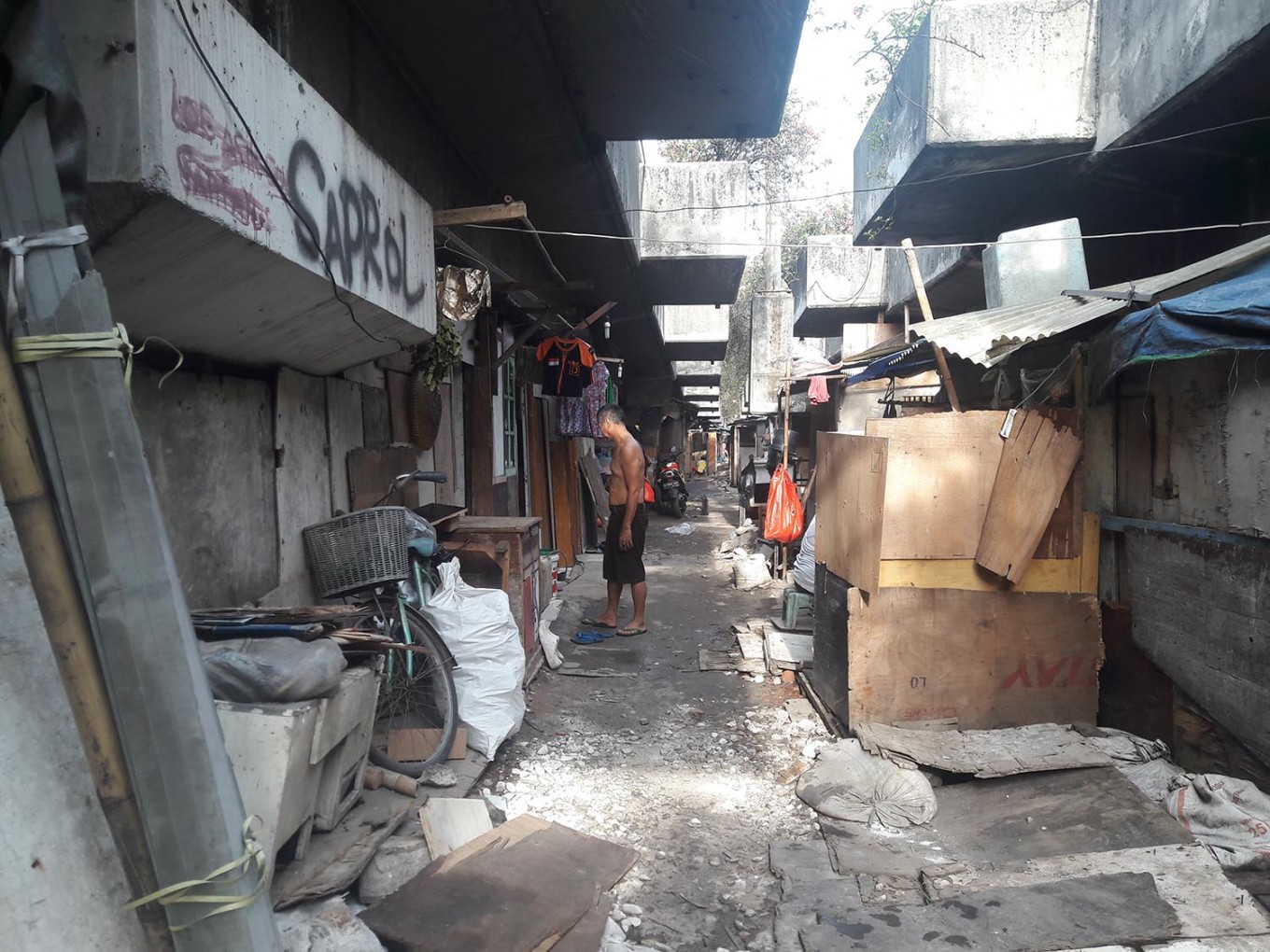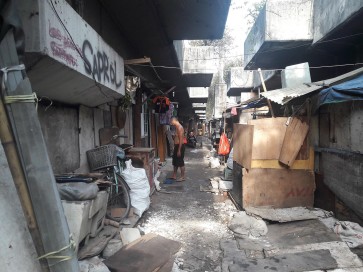Popular Reads
Top Results
Can't find what you're looking for?
View all search resultsPopular Reads
Top Results
Can't find what you're looking for?
View all search resultsWho are the poor in Indonesia?
Who are the poor? The answer to the question, particularly in relation to Indonesia, depends on the measurements used. To support my argument, I examine two common approaches to measuring poverty — monetary and multidimensional — and advance some ideas on how their use could help formulate more effective poverty reduction policies. #opinion
Change text size
Gift Premium Articles
to Anyone
W
ho are the poor? It looks like it would be easy enough for anyone to answer this question, but there is no global consensus on the correct answer. Dimension, causality, universality and value judgments are some key issues surrounding the complexity involved in conceptualizing poverty.
The answer to the question, particularly in relation to Indonesia, depends on the measurements used. To support my argument, I examine two common approaches to measuring poverty — monetary and multidimensional — and advance some ideas on how their use could help formulate more effective poverty reduction policies.
The “monetary approach” remains the favored way of defining poverty in Indonesia. Statistics Indonesia (BPS), the primary source of relevant data, measures poverty in terms of monetary capacity to meet basic food and non-food needs.
Through the BPS lens, the “monetarily poor” are defined as those having average monthly consumption that is below the poverty line, which, for example, was fixed at Rp 392,154 (US$27) in September 2018.
According to BPS, Indonesia’s poverty rate has dropped recently. In 2015, for instance, Indonesians classified as poor comprised 11.66 percent of the population, but in 2018, this figure fell to a single digit (9.66 percent).
Another prominent trend is that the poor are not distributed equally between urban and rural areas. In 2018, the poverty rate in rural areas was 13.1 percent, whereas in urban areas it was just 6.89 percent.
Geographically, there are also differences: in 2018, Papua had the highest poverty rate (27.43 percent), followed by West Papua (22.66 percent) and East Nusa Tenggara (21.03 percent).

















